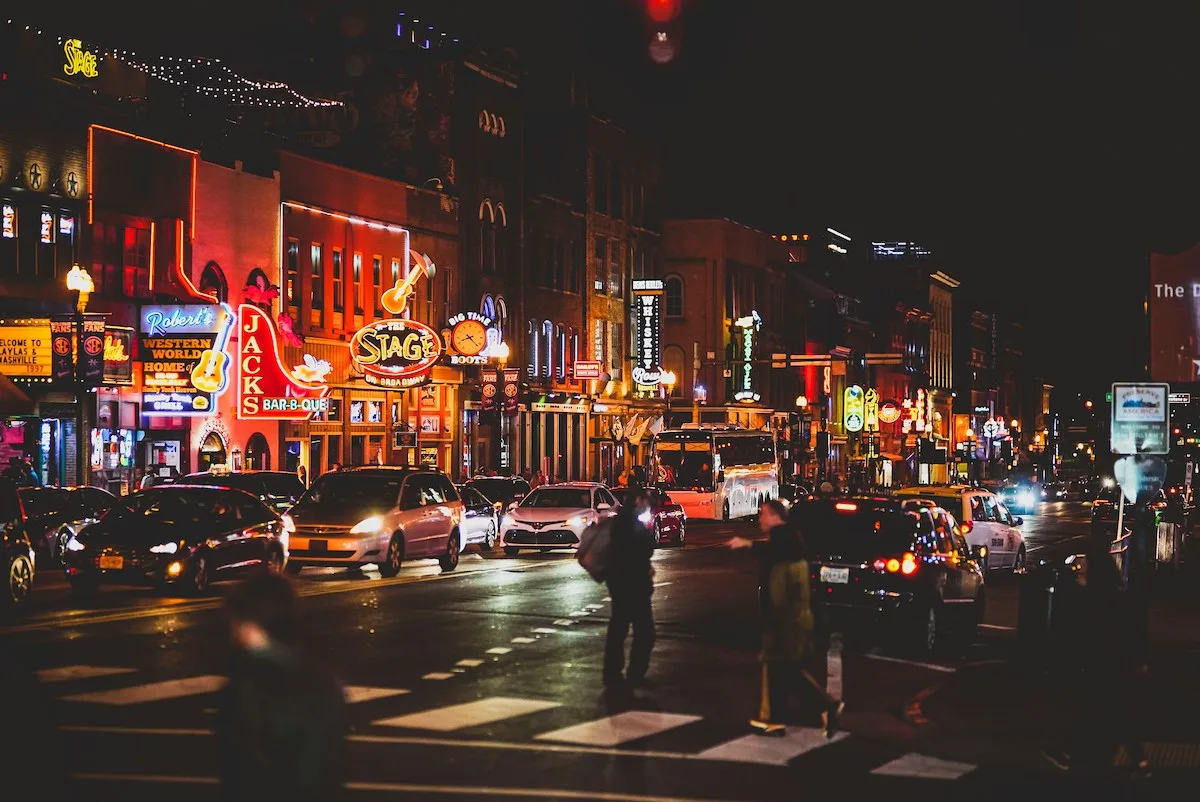Austin’s rent prices are rising faster than the national average in 2025, making this city an in-demand location where affordability really depends on the renter. See current costs, trends, and tips to find an affordable place to live in Austin.

Austin’s mix of live music, tech jobs, and outdoor living has drawn thousands of new residents over the last decade. However, that growing popularity came with a spike in rent prices around the pandemic. While Austin’s rents did see some notable dips in the past few years due to increased supply, those prices have been rising at a faster pace over the past year. If you’re planning a move, understanding the current rental landscape will help you budget and strategize.
This guide covers current Austin rent prices, how they compare nationally, neighborhood-level affordability, and practical tips for finding a rental that works for your budget.
Average rent prices in Austin
Austin rents have increased year-over-year, with growth especially strong in two-bedroom units.
As of July 2025, according to Zumper’s latest National Rent Report:
- Median 1-bedroom rent: $1,520 (up 2.7% year-over-year)
- Median 2-bedroom rent: $1,990 (up 5.3% year-over-year)
National medians for comparison:
- 1-bedroom: $1,520
- 2-bedroom: $1,905
Austin’s 1-bedroom rent is exactly in line with the national median, while its 2-bedroom rent is about 4% higher than the national average.
Why Austin rents are climbing
Several trends are driving Austin’s rent increases in 2025:
- Population growth from both domestic migration and job opportunities in tech and creative industries
- Limited housing inventory in popular central neighborhoods
- Strong renter demand has absorbed a lot of the new supply that came online in the last year
Unlike other markets where new supply growth is cooling prices, Austin has a demand for rentals so significant that much of the new inventory has been already absorbed.
How Austin compares to other major cities
Austin sits in the middle tier of U.S. rental costs. It’s more expensive than many Southern and Midwestern cities but still more affordable than New York, San Francisco, or Boston. Compared to nearby Texas metros like San Antonio or Houston, Austin rents are notably higher, especially in trendy neighborhoods near downtown.
Most affordable neighborhoods in Austin
Austin has pockets of relative affordability, especially outside the city core.
Neighborhoods with lower-than-average rents include:
- North Austin: Larger apartment complexes and quick highway access
- East Riverside–Oltorf: A mix of older units and new builds, with competitive pricing
- St. Johns: Residential and less dense, with better value per square foot
- Pleasant Valley: Student-friendly area with budget-friendly apartment options
Tips for renting affordably in Austin
Expand your search radius
Neighborhoods 15–20 minutes from downtown often have significantly lower prices.
Be ready to move quickly
Competitive listings can get multiple applications within 24 hours, so having documents ready is key.
Consider shared housing
Splitting rent in a larger home can reduce your costs while giving you more living space.
Use Zumper tools
Set personalized alerts and apply instantly when a match appears. Start your search today.
Cost of living beyond rent
Austin’s affordability isn’t just about rent. Other expenses to consider:
- Utilities: $160–$200 monthly for a typical apartment
- Transportation: Capital Metro monthly pass starts at $41.25, but many residents rely on cars
- Groceries: About 8% above the national average
- Dining out: $18–$22 for a casual restaurant meal
FAQs about the cost of renting in Austin
How much does it cost to rent in Austin?
Currently, the average rent in Austin is $1,520 for a one-bedroom apartment and $1,990 for a two-bedroom apartment.
Is Austin more expensive in 2025 than last year?
Yes. Median 1-bedroom rents are up 2.7%, and 2-bedroom rents are up 5.3% compared to July 2024.
How much do you need to make to live in Austin?
Using the 30% income rule, for a $1,520 1-bedroom you’d need about $60,800 annually.
Which Austin neighborhoods have the cheapest rents?
North Austin, East Riverside–Oltorf, St. Johns, and Pleasant Valley often offer below-median prices.
Does Austin have rent control?
No. Texas law prohibits rent control, so prices are market-driven.
Conclusion
Austin’s rent growth in 2025 outpaces the national average, but it remains more affordable than the country’s highest-cost cities. Renters who explore neighborhoods beyond downtown, act quickly on listings, and consider shared housing can still find good deals.
The city’s music, food, and outdoor lifestyle remain strong draws, and with the right search strategy, you can enjoy it without overspending.
Start your search and explore current Austin rentals now.



